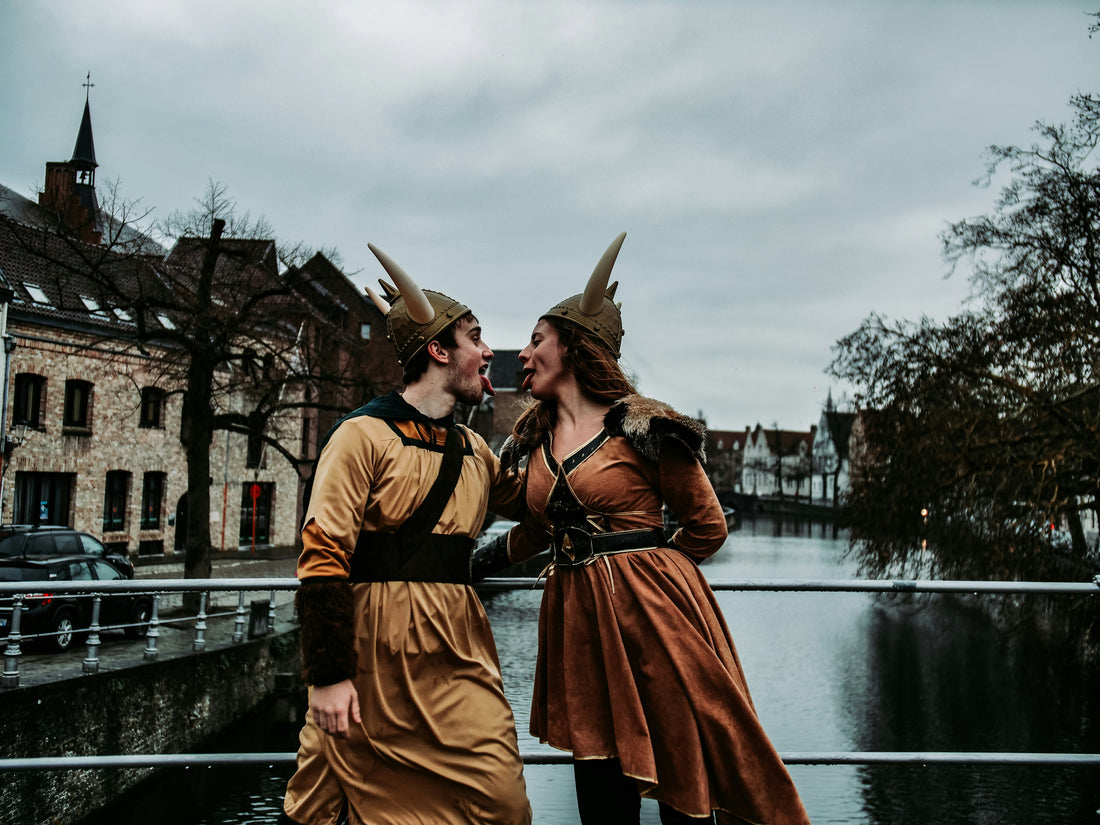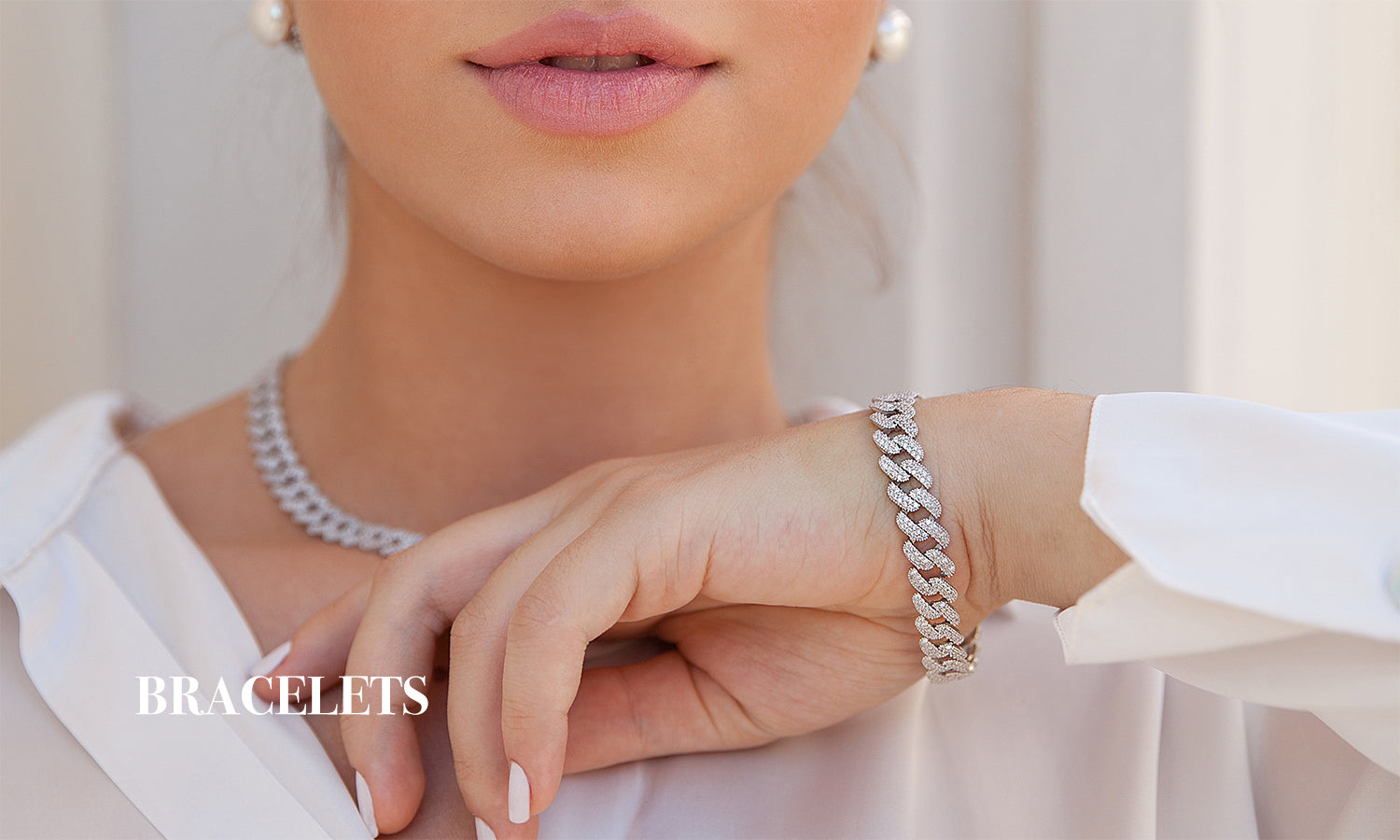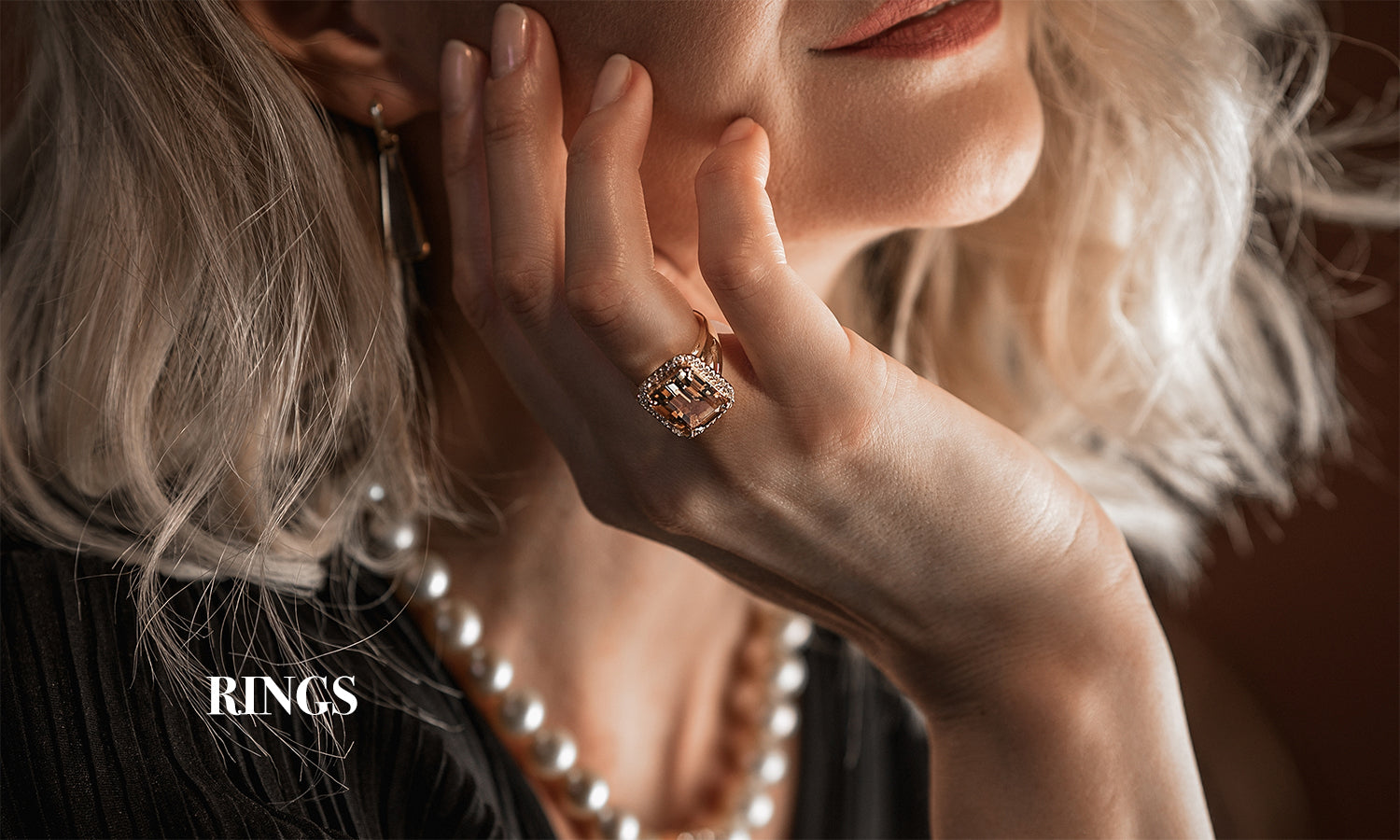The Vikings, renowned for their dominance during the Early Middle Ages, were formidable in military, economic, and political arenas. Their success wasn't just due to their advanced technology and strategic prowess but also their physical conditioning. While the dramatic image of Vikings as massive, hulking figures might be exaggerated, historical, archaeological, and literary sources reveal that they were indeed physically impressive. Here’s a detailed look at their physical toughness:
Size and Stature
Archaeological studies suggest that the average height of Northern Europeans during the Early Middle Ages was about 5’8” for men and 5’2” for women. This is similar to the height of their contemporaries in Britain, France, Ireland, or Germany. Despite the fantasy portrayals of towering Vikings, historical records and skeletal evidence show that the average Viking was of similar stature to others of their time.
However, skeletons found in graves with weapons tended to be slightly taller, which could indicate either higher status or that individuals with greater physical attributes were more likely to become warriors. This might explain why some descriptions of Vikings as "tall and strongly-built" might reflect encounters with particularly imposing individuals rather than the average Viking.
Diet and Nutrition
The Vikings' diet played a significant role in their physical conditioning. Their diet, rich in protein and healthy fats, contributed to their strength and endurance. Key components included:
- Protein Sources: Salted fish, meat (e.g., salmon, fowl, sheep, goat, game), and dairy products like butter, cheese, and skyr (a high-protein yogurt).
- Carbohydrates and Fats: Whole-grain breads, barley-based beer, and tree nuts provided energy, while mead and ale were enjoyed as beverages.
This diet, with approximately 35% protein, 35% fats, and 30% carbohydrates, was close to what modern athletes consider optimal for performance and muscle growth. In contrast, many of their enemies had diets lower in protein and varied food sources, potentially giving the Vikings a nutritional edge.
Baseline Conditioning
Most Vikings led physically demanding lives as farmers and landholders. Their daily activities, including plowing, harvesting, hunting, and construction, contributed to their robust physical condition. This agrarian lifestyle, combined with seasonal shifts and a “work hard, play hard” mentality, fostered physical toughness and resilience.
Rowing and Seafaring
Rowing was a central aspect of Viking life, whether for raiding, trading, or fishing. Rowing is a full-body exercise that builds strength and endurance. Historical accounts suggest that Viking crews would row for up to eight hours a day, indicating exceptional physical conditioning and stamina.
Warrior Training
Training for combat was integral to Viking life. Evidence from Norse settlements shows that children practiced with miniature weapons, and combat training was a vital part of their upbringing. The sagas recount that Viking warriors practiced handling swords, axes, and shields regularly, and even wore their armor during preparations for raids. Grappling and other unarmed combat techniques were also practiced, often incorporated into sports and festivals.
Viking Sports and Exercise
In addition to combat training, Vikings engaged in various physical activities:
- Swimming, Foot Races, and Ball Games: These were common recreational activities that contributed to overall fitness.
- Tug-of-War and Strongman Events: Vikings practiced tug-of-war and lifted heavy objects, which directly benefited their physical strength and endurance.
Notable Examples of Viking Toughness
Several historical accounts highlight Viking physical prowess:
- Miskawayh’s Observations (943): Describes Vikings as “huge and courageous,” noting their ability to defeat larger forces.
- Battle of Stamford Bridge (1066): Demonstrates the Vikings' endurance and bravery as they fought fiercely under extreme conditions, showcasing their physical resilience and warrior ethos.
Conclusion
Vikings were indeed tough and physically impressive, though not necessarily the hulking barbarians of popular imagination. Their physical prowess was a result of a demanding lifestyle, effective training, and a diet that supported their high levels of activity. Their endurance, strength, and conditioning made them formidable opponents and exceptional seafarers, cementing their place as one of history’s most effective warrior cultures.





